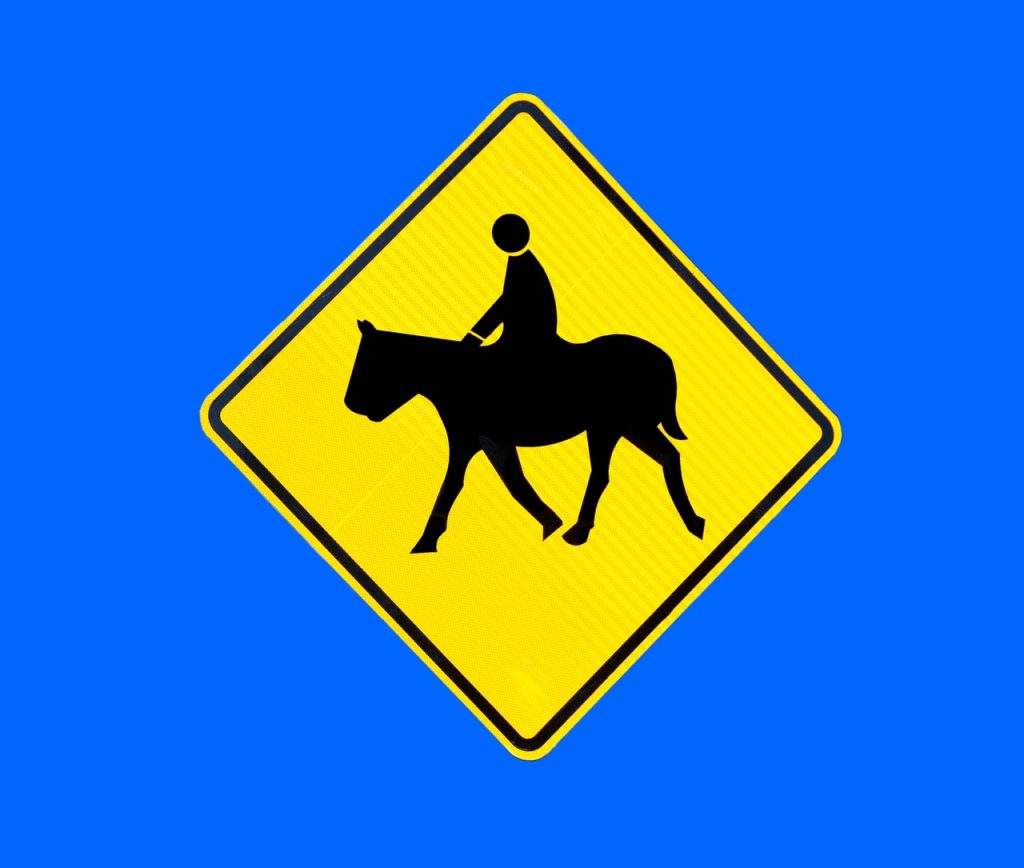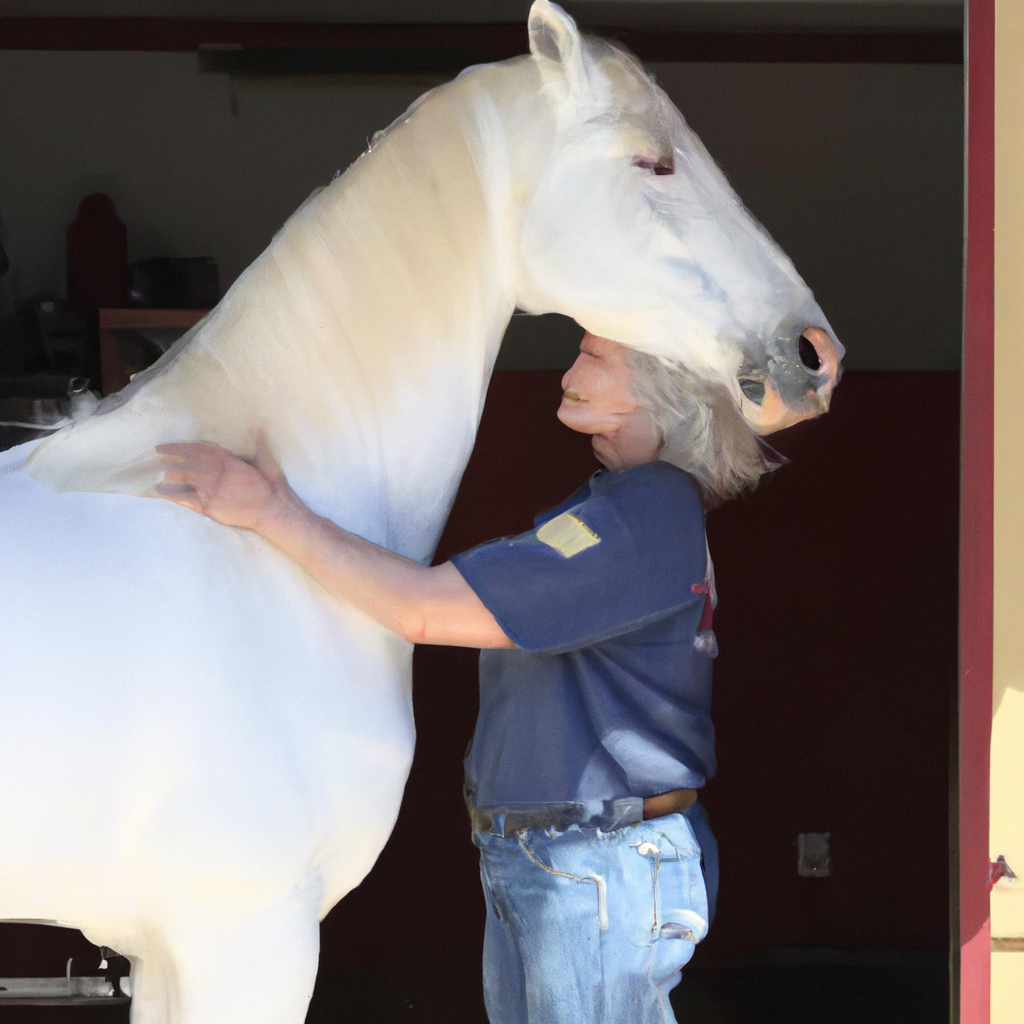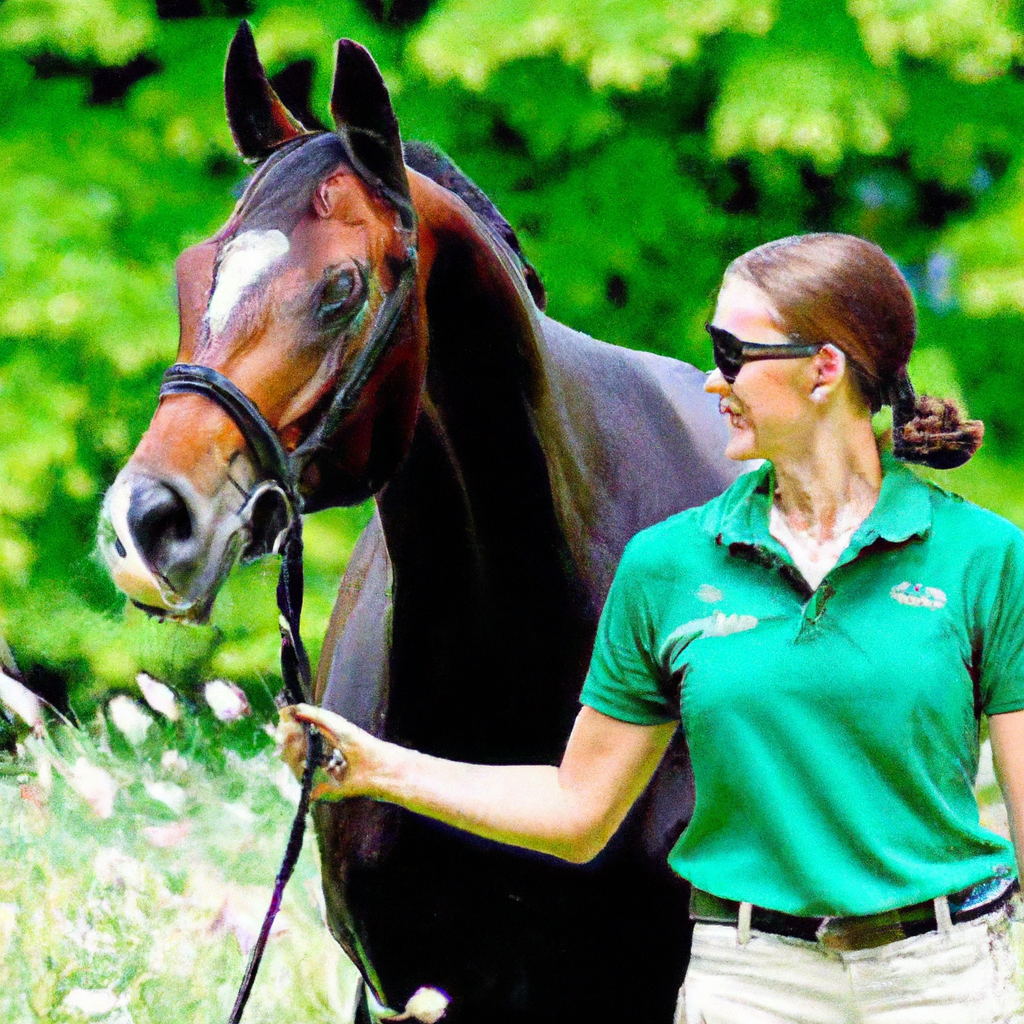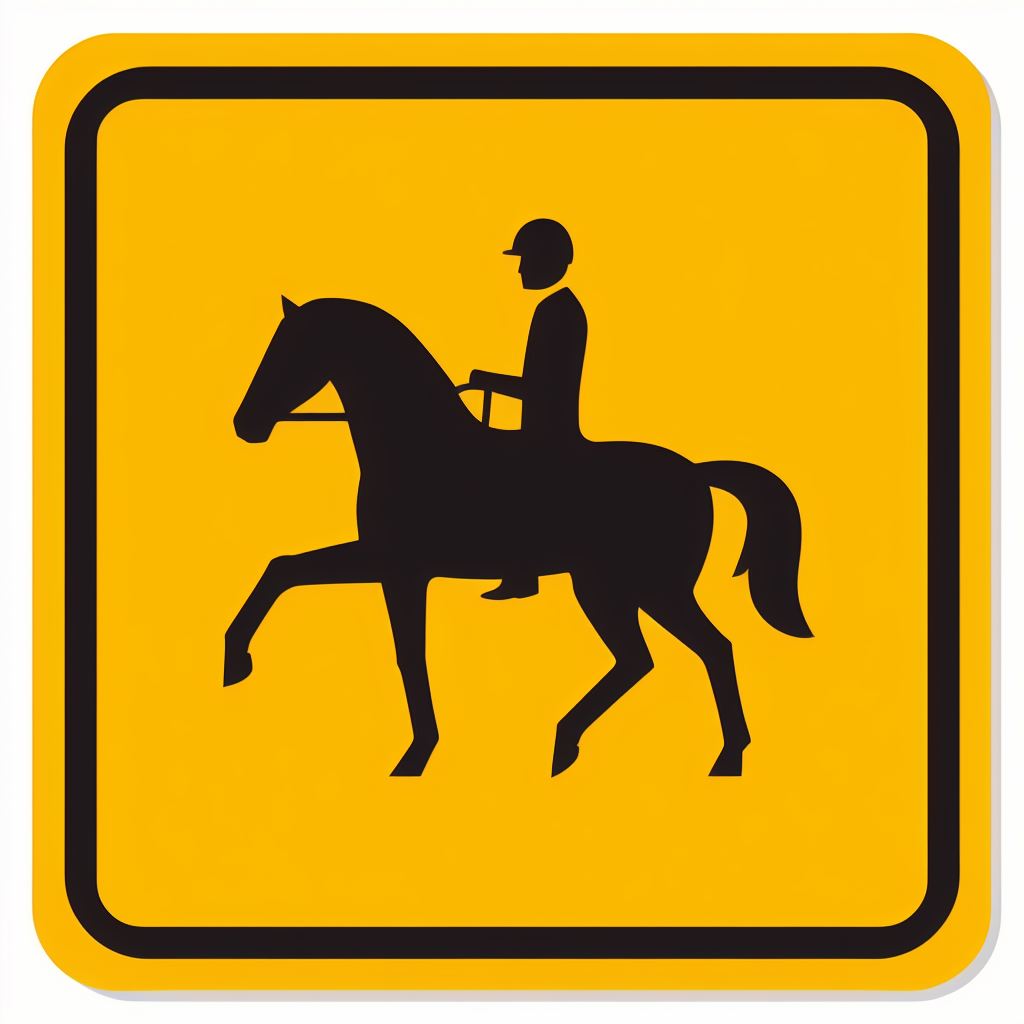In “Understanding and Implementing Horse Safety Measures,” you’ll discover the ins and outs of safeguarding both you and your equine friends. Caring for a horse is no small feat; it requires a lot of thought, preparation, and, most importantly, understanding of safety protocols. In this article, vital information is presented to break down the intricate details of horse safety measures; from riding basics to stall safety, and even trail riding precautions. Consider this your guiding light in ensuring your horse remains safe, happy, and healthy. Arm yourself with this knowledge and give yourself peace of mind in your horse handling and care routines.

Understanding Horse Behavior
Understanding horse behavior is a crucial first step in becoming a responsible and effective horse owner or caregiver. The way a horse behaves can tell you a lot about its health, mood, and interpersonal interactions. Horse behavior can be complex and sometimes hard to interpret, but with close observation and a little knowledge, you can read your horse like an open book.
Recognizing Aggressive Horse Behavior
Aggressive horse behavior could be a sign of discomfort, fear, or dominance. Signs may include biting, kicking, charging, or even subtle changes like pinned back ears. Recognizing these signs early on can prevent accidents and injury. While occasional displays of aggression are normal, chronic aggression may be a sign of an underlying issue that needs to be addressed.
Interpreting Horse Body Language
A horse communicates their feelings primarily through body language, indicating whether it is relaxed, tense, happy or anxious. A raised tail could be a sign of excitement or fear, while a relaxed tail suggests the horse is calm. Flared nostrils might indicate agitation, and pinned back ears often reveal aggression or fear. Understanding these types of cues enables you to respond effectively and ensure the horse’s welfare.
Understanding Basic Horse Needs
Just like humans, horses have basic needs that must be met to ensure they are happy and healthy. These needs include plenty of clean water, a balanced diet, regular exercise, comfortable shelter, and companionship. Also, due to their social nature, horses need regular interaction with fellow horses and humans. By understanding these needs, you can provide a supportive and suitable environment for your horse.
Implementing Safe Feeding Practices
Feeding is a crucial element of horse care, and implementing safe practices will help keep your horse in good health.
Avoiding Food Related Competition
It is common for horses to compete over food, leading to potential fights and injuries. You can avoid food-related competition by providing each horse with its own feeder and spreading the feeders out in a way that allows each horse to eat peacefully.
Preventing Choke and Colic
Choke and colic are common food-related issues in horses caused by rapid eating or ingesting poor quality feed. To prevent choke, make sure your horse eats slowly by using a slow feeder or hay net. Preventing colic involves feeding horses smaller meals throughout the day instead of large meals all at once.
Mindful of Allergies and Dietary Restrictions
Horses may suffer from certain allergies or dietary restrictions. It’s important to know what these are and to provide food that suits their specific need. Regularly consult with a vet to confirm any allergies or restrictive diets your horse may require.
Safe Handling and Groundwork
Handling and groundwork involve any interaction with horses which are not riding, such as grooming, feeding, or moving horses.
Implementing Training Techniques
Effective training can assist in safe handling. Groundwork techniques such as leading, lunging and learning to respond to pressure help the horse gain trust and understand the handler.
Understanding the Importance of Groundwork
Groundwork is crucial for developing a strong, trusting relationship with your horse, and critically important before introducing riding. It helps establish clear communication and aides in training your horse to be calm and responsive.
Managing Horse’s Personal Space
Horses are large and powerful creatures; thus managing their personal space is essential in minimizing the risk of accidents. Always approach a horse from the side, speak gently, and move calmly. Unpredictable moves could startle the horse, causing it to react defensively.
Secure Stable Environment
A secure stable environment provides the horse with comfort and protection.
Designing Safe Stable Structures
A safe stable should be sturdy, well-built, and free from possible hazards like sharp objects or loose boards. It should be spacious enough to allow the horse comfortable movement and rest.
Need for Adequate Ventilation and Lighting
Proper ventilation is necessary to ensure good air quality, preventing respiratory issues. Similarly, adequate lighting is required for the horse to see clearly and prevent accidents.
Proper Stable Maintenance
Regular cleaning and maintenance ensure that the stable remains safe and hygienic. Remove droppings daily, keep hay tidy and dry, clear insects, and regularly check the structure for any potential hazards.

Importance of Regular Health Check-Ups
Consistent health check-ups play a vital role in maintaining a horse’s wellbeing.
Routine Veterinarian Visits
Routine vet visits are necessary to monitor your horse’s health. Regular checks can help detect and treat diseases early, keeping your horse healthier and happier.
Maintaining a Healthy Weight
Obesity can cause numerous health issues in horses, which is why maintaining a healthy weight is essential. A balanced diet and regular exercise can help maintain a healthy weight.
Preventing and Treating Diseases
Preventive care is crucial in maintaining a healthy horse. Vaccinations, worming, and dental checks should be part of your routine care, helping prevent common diseases and conditions.
Safeguarding Transport Practices
Transporting horses can be stressful; hence it matters to make the experience as comfortable and as safe as possible.
Preparing Horses for Travel
Proper preparation includes ensuring the horse is calm, using gentle leading techniques, and making sure the horse is properly trained to load and unload.
Designing a Safe Horse Trailer
A safe horse trailer should have a non-slip floor, proper ventilation, secure internal walls or partitions, and adequate space for the horse to balance itself during transportation.
Handling Horses during Transit
Monitoring the horse’s behavior during transit, ensuring it has sufficient water and taking regular breaks during long trips all help to provide a safe, stress-free experience for your horse during transportation.

Horse Tack and Equipment Safety
Correctly fitting and maintaining your horse’s tack and equipment is crucial in preventing injury and ensuring their comfort.
Choosing the Right Equipment
The right equipment for your horse will depend heavily on what you use your horse for. Riding, working, or competition horses may require different types of saddles, bridles, or rugs. Consulting a professional can ensure you choose the right gear for your horse.
Fitting the Equipment Properly
Properly fitting equipment is just as important as having the right equipment. Ill-fitting gear can cause discomfort, abrasion, and even injury.
Maintaining and Cleaning Equipment
Regular cleaning and maintenance improve the longevity of your gear. By checking for signs of wear and tear, problems can be addressed before they become dangerous.
Fencing and Pasture Safety
Pasture safety involves ensuring the outdoor environments your horse has access to are secure.
Fencing Materials and Design
Fencing for horses needs to be strong, visible, and without potential hazards, like sharp points. The design should incorporate plenty of space for the horse to move around freely and exercise.
Developing Safe Pasture Practices
Safe pasture practices may include rotating pastures to prevent overgrazing, checking for and removing poisonous plants, and providing a shaded area for protection from the sun or rain.
Detecting and Fixing Fencing Problems
Regularly inspecting your fencing for wear and tear can prevent escape or injury. Any problems detected should be addressed and fixed immediately.
Riding Safely
Safety while riding is paramount and involves not only the rider’s skill but also their attire and equipment.
Choosing Appropriate Footwear
Appropriate footwear means boots that have a heel to prevent your foot from slipping through the stirrup, a hard toe to protect against steps, and made from a material that can withstand the elements.
Using Protective Equipment
Wearing protective equipment like a riding helmet, gloves, and a safety vest can significantly reduce the risk of injury should an accident occur.
Learning from a Qualified Instructor
A qualified instructor can teach you the correct riding techniques, dealing with horse behavior, and other horse management practices. They can ensure that your riding is safer and more enjoyable.
Dealing with Emergencies
Horse-related emergencies can be stressful, but knowing what to do can save your horse’s life.
Preparing a First Aid Kit
Prepare a first-aid kit specifically for your horse and keep it easily accessible. Important items to include are bandages, antiseptic spray, a digital thermometer, and a stethoscope.
Recognizing Signs of Illness and Injury
Learning to recognize signs of illness or injury such as changes in behavior, eating habits, stool, or appearance can be crucial in early detection and treatment.
Implementing Emergency Procedures
Having a well-developed emergency plan, including important contact numbers and an understanding of basic first aid procedures, will give you a clear direction in emergency scenarios and could save precious time when treating your horse.
